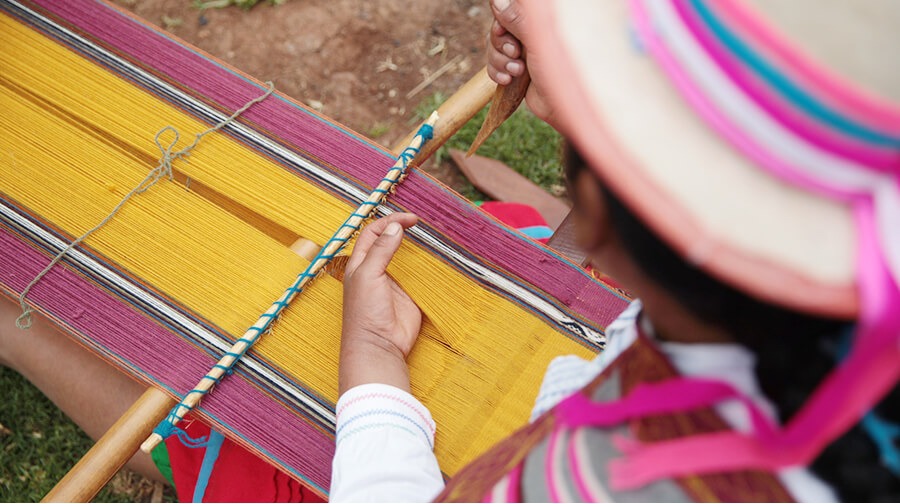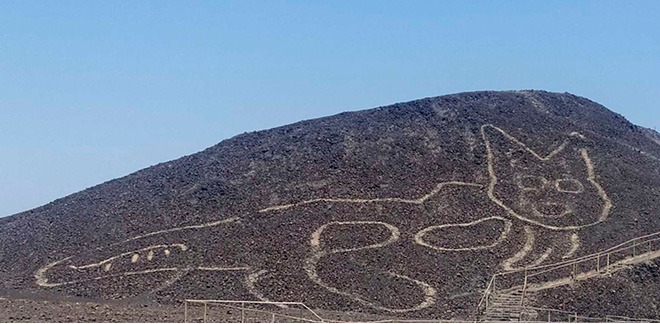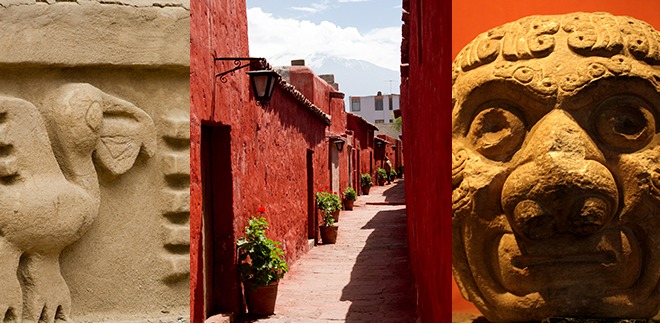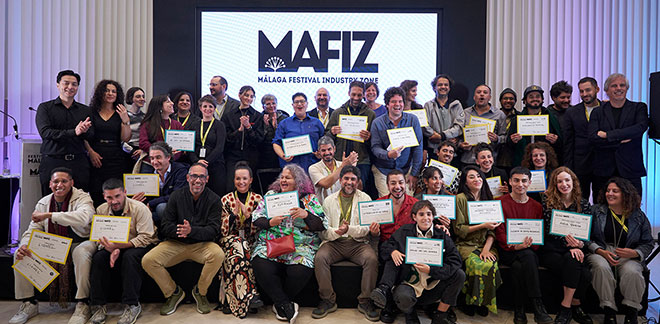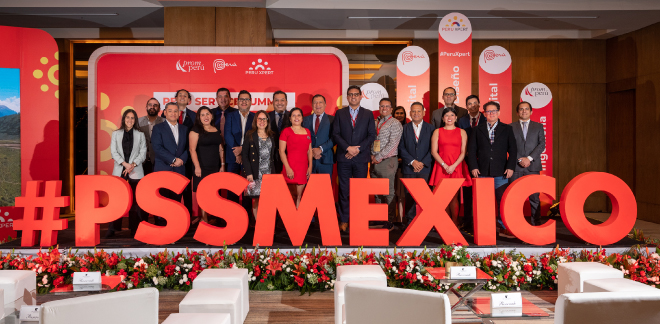Main examples of handicrafts from the Peruvian highlands
Síguenos en:Google News
Personality and originality, these are the two main characteristics of craftsmanship from the Peruvian highlands. With different styles, depending on the locality, art and tradition are evident in each handcrafted piece. Ceramics, wood and/or stone work, jewelry, or textiles, are Andean handicraft products whose techniques have been passed down from generation to generation since pre-Hispanic times, and that today highlight the richness of our towns.
Cusco Handicrafts
The heir of Inca culture, which is why they are some of the most important handicrafts in the Andean region. Cuzco ceramics are the result of the fusion of two cultures: Andean and European culture. They are characterized by being decorated with geometric shapes, being very visually attractive and with a fine finish. The main ceramic items include the aríbalo (pitcher), pucu (plate with a handle), manca (pot) and the pucchuela (container). The textile art also stands out for its tapestries and clothing, which are made with alpaca, vicuña, llama and sheep fiber, also being polychrome (dyed with vegetable dyes).
Aríbalo (pitcher)
Ayacucho Handicrafts
Famous worldwide for the incomparable Ayacucho altarpieces, one of the most complex expressions of Peruvian art and imagery. Peruvian artisans mixed Spanish religious vision with Andean cosmology, adapting the altarpieces to their reality and customs. Another expression of Ayacucho craftsmanship is Quinua pottery (a town located in the province of Huamanga), whose techniques are derived from the Wari culture. Its most representative pieces include the Quinua bulls and the little chapels, made with illinco clay. As for the textiles, these have geometric motifs and are made with sheep and alpaca wool.
Ayacucho Altarpieces
Cajamarca Handicrafts
Cajamarca artisans stand out for their high quality in sheep wool fabrics, leather work and ceramics. However, the best-known handicrafts, and most sought after by tourists, are the Celendín straw hats. This art represents the whole Cajamarca region and especially the province of Celendín, thanks to the materials (toquilla straw) and the technique (hand woven) used by the artisans. In the "City of Hats", women spend entire days weaving them, following a family tradition that has survived the passage of time.
Celendín Straw Hats
Puno Handicrafts
Alpaca fiber fabrics are one of the most representative examples of Puno craftsmanship. Another feature are the ceramics, with the "Pukara Bulls", made in the town of Pukara –which possesses talented artisans and potters, and its representations of churches, small village chapels, and flora and fauna elements from Lake Titicaca. It is important to point out that Pukara is currently considered the largest shopping center for ceramics in southern Peru. Another demonstration of Puno art is to be found in Taquile, an island located in the middle of Lake Titicaca. Here, the women weave over traditional looms and the men produce sweaters and chullos, using materials from the area such as sheep fiber and alpaca.
Pukara Bulls
Sources: Mincetur / figurasperuanas.com


